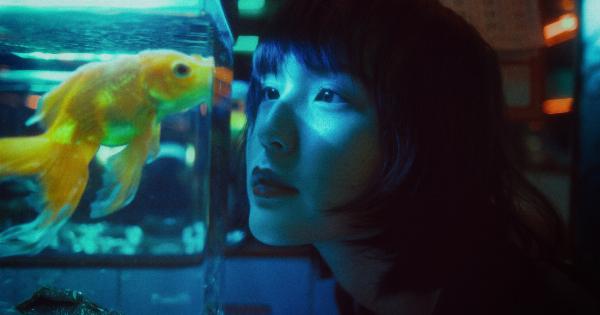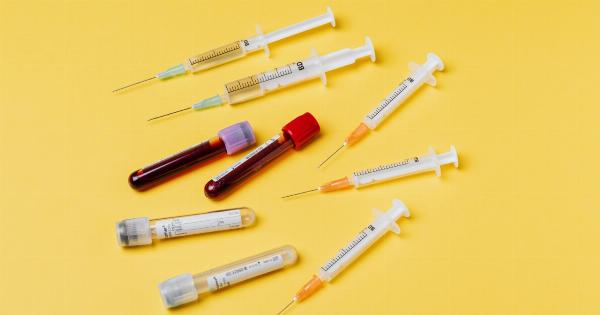Reino Syndrome, also known as Raynaud’s disease or Raynaud’s phenomenon, is a condition characterized by the sudden and extreme sensitivity to cold temperatures.
This condition primarily affects the blood vessels in the fingers, toes, ears, and nose, causing them to narrow and restrict blood flow. As a result, individuals with Reino Syndrome often experience episodes of color changes, pain, and numbness in these affected areas.
Understanding Reino Syndrome
Reino Syndrome is classified into two types: primary and secondary. Primary Reino Syndrome occurs by itself, without any underlying medical condition. It is more common and typically less severe.
Secondary Reino Syndrome is associated with other health issues such as autoimmune diseases (e.g., lupus or scleroderma), certain medications, or injuries. Although less common, secondary Reino Syndrome can be more severe and require additional medical attention.
Causes and Triggers
The exact cause of Reino Syndrome is still unknown. However, several factors may contribute to its development and trigger episodes. These factors include:.
1. Cold temperatures: Exposure to cold temperatures is a significant trigger for Reino Syndrome. Even slight temperature changes that most people find comfortable can cause an extreme reaction in individuals with the condition.
2. Emotional stress: Stress, anxiety, and emotional fluctuations can lead to vasoconstriction, which narrows the blood vessels and triggers a Reino Syndrome episode.
3. Smoking: Smoking damages the blood vessels and can worsen the symptoms of Reino Syndrome.
4. Certain medications: Some medications, such as beta-blockers and certain migraine drugs, can constrict blood vessels and contribute to Reino Syndrome symptoms.
Symptoms
The hallmark symptom of Reino Syndrome is the change in color and sensation in the affected areas. These color changes occur in three stages:.
1. Pallor (white): The affected area turns pale or white as blood flow is significantly reduced.
2. Cyanosis (blue): The area then turns blue as a result of inadequate oxygen supply.
3. Rubor (red): Finally, as the episode ends, the area may turn red due to a sudden rush of blood flow.
In addition to the color changes, individuals with Reino Syndrome may experience:.
1. Numbness or tingling: The affected areas may feel numb or tingly during an episode.
2. Pain or throbbing: The restricted blood flow can cause pain or a throbbing sensation in the fingers, toes, ears, or nose.
3. Swelling: In some cases, the affected areas may become swollen during or after an episode.
Managing Reino Syndrome
While there is no cure for Reino Syndrome, several strategies can help individuals manage their symptoms and reduce the frequency and severity of episodes:.
1. Warmth: Keeping the affected areas warm and protected from cold temperatures is crucial. Layering clothing, wearing gloves and warm socks, and using hand and foot warmers can help maintain adequate blood flow.
2. Stress management: Learning effective stress management techniques, such as deep breathing exercises or meditation, can help minimize Reino Syndrome episodes triggered by emotional stress.
3. Avoiding triggers: Identifying and avoiding triggers, such as extremely cold environments or certain medications, can greatly reduce the frequency of episodes.
4. Regular exercise: Engaging in regular physical activity improves blood circulation and can help manage Reino Syndrome symptoms.
Medical Treatment
If lifestyle changes alone aren’t effective in managing Reino Syndrome, medical intervention may be necessary. The following treatments are commonly prescribed:.
1. Medications: In severe cases, medications that dilate blood vessels, such as calcium channel blockers and vasodilators, may be prescribed to improve blood flow.
2. Nerve surgery: In rare cases, surgery to interrupt or remove specific nerves in the affected areas may help reduce the frequency and severity of episodes.
Living with Reino Syndrome
Reino Syndrome can be challenging to live with, but with proper management, individuals can lead fulfilling lives.
It’s essential to maintain open communication with healthcare providers, adhere to prescribed treatments, and make necessary lifestyle adjustments to reduce the impact of Reino Syndrome on daily activities.
Regular check-ups and monitoring are necessary to identify any underlying health conditions that may be contributing to secondary Reino Syndrome.
Since Reino Syndrome affects blood flow, it’s crucial to promote overall cardiovascular health through a balanced diet, regular exercise, and avoiding smoking.
Conclusion
Reino Syndrome, characterized by the extreme sensitivity to cold temperatures and resulting color changes, can significantly impact an individual’s quality of life.
While there is no cure, understanding the triggers, managing stress, and taking necessary precautions to protect against the cold can help individuals with Reino Syndrome live well and minimize the impact of this condition on their daily lives.




























